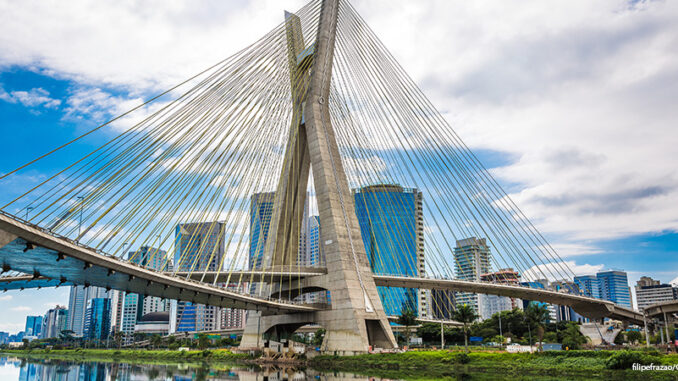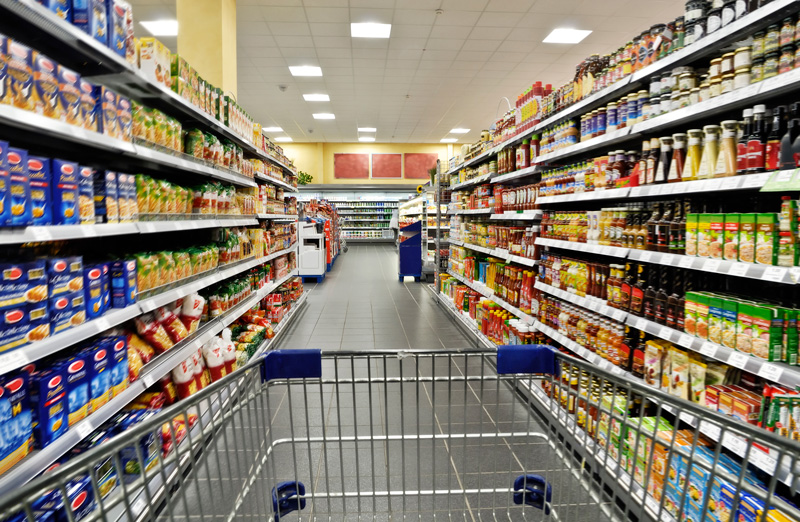
Brazil’s New President
The new year brought more than just confetti in Brazil, where Jair Bolsonaro was sworn in as president on January 1. Bolsonaro, 63, is a far-right-wing conservative. Though he is a retired army captain and congressman, he has no previous experience in the executive branch. In fact, he has often been called the “Donald Trump of Brazil.” Brazil’s leaders traditionally lean left, and Bolsonaro’s victory in October took political experts by surprise. His platform: restoring traditional Christian family values; cracking down on crime; rolling back environmental regulations to encourage economic development; relaxing gun laws to allow every Brazilian without a criminal record to own a gun; and restricting access to abortion. He has also bragged openly about his rejection of homosexuals and their political concerns.
Bolsonaro’s first day in office was a busy one. He immediately set to work issuing executive orders targeting Brazil’s indigenous groups, descendants of enslaved persons, and the LGBTQ community. For example, one of his orders–issued just hours after Bolsonaro took office–will make it much more difficult for lands to be set aside for indigenous communities. Of special concern to the rest of the world is the impact that these policies will have on the Amazon rainforest. Bolsonaro has already transferred control over the protection of these lands to the agriculture ministry, which is controlled by the powerful agribusiness lobby. Many experts fear that significant deforestation will occur as environmental protections are rolled back to allow for increased economic development. Human rights activists and environmental groups have responded by promising to fight these new policies.
What Do You Think? Why are people calling Jair Bolsonaro the “Donald Trump of Brazil”? Do you think this is a fair comparison? Why or why not?
Brand Loyalty Going Bust?
When you’re shopping for food, clothes, or other items, how important are brand names to you? More and more, Americans are saying that brands don’t matter to them. American shopping habits are changing: for example, more and more of it is done online. Many Americans are also eco-conscious and opt to purchase reusable or recycled goods. And ever since the 2008 Great Recession, we are less likely to be willing to pay more money for a brand-name item when a nearly-identical generic version is available more cheaply.

Credit: gopixa/Getty Images
It may be responsible shopping to save a few pennies here and there buying generic brands, but this consumer behavior has taken its toll on major companies such as Campbell Soup and Procter & Gamble. In fact, a recent study found that 90 out of the top 100 consumer brands have lost money in the last couple of years. Many of these companies have been forced to sell off parts, restructure, or lay off workers in an effort to stay profitable. Others have dropped the price of their products, or tried to buy out the competition. Still others have focused advertising on health-conscious consumers: think about how many boxed or canned goods now advertise “reduced sugar” or “all-natural ingredients.” And in an effort to win back eco-conscious customers, some brands are coming up with more environmentally responsible, lower-waste versions of their most popular products. Nevertheless, CEOs of these companies are continuing to step down in record numbers as major brands keep losing money to the changing shopping habits of American consumers.
What Do You Think?: What leads you to buy one brand or version of a product over another? What factors do you consider when making a purchase? How “brand loyal” are you?
Immigration Crisis Escalates
The stalemate over what to do about immigration along the U.S. southern border has led to a long and costly federal government shutdown this month. But it has also taken a devastating humanitarian toll. On January 1, U.S. Customs and Border Protection agents launched tear gas canisters across the border into Mexico, to stop migrants from climbing the border fence between Tijuana, Mexico, and San Diego, California. These migrants were part of the caravan from Central America, and have been stopped in Tijuana for several weeks, waiting to apply for asylum to the United States. Most have been living in overcrowded shelters and decided to try to cross the border illegally after becoming frustrated with how long the asylum application process was taking. (Up until the White House changed this policy in December, immigrants historically have waited out the asylum process in shelters in the United States.)
This is not the first dangerous clash that’s happened between immigrants and U.S. border security. Agents also fired tear gas over the border into Mexico in November.
Even more disturbing are stories of the endangerment of migrant children. So far, two Guatemalan children have died while in the custody of U.S. Customs and Border Protection: seven-year-old Jakelin Caal Maquin on December 7, followed by eight-year-old Felipe Gomez Alonzo on Christmas Eve. In response, the federal government has called for more frequent medical examinations of migrant children in U.S. custody. Currently, about 14,300 migrant children remain in U.S. government care, housed in detention centers and large residential facilities. Supporters of the White House’s immigration policies emphasize that U.S. government agencies are stressed and overwhelmed by the steady influx of migrants seeking asylum, and thus can’t provide adequate care. Opponents argue that those seeking refuge or fleeing danger–especially children–should be treated with dignity and not as criminals.
Dig Deeper To gain a better sense of how quickly the immigration crisis is escalating, create a timeline of recent events. Be sure to include the two teargasing episodes, and the deaths of two Guatemalan children while in U.S. custody.
Women’s Wall
Here in the United States, we hear a lot about Donald Trump’s wall. But on January 2, women in India formed a very different wall of their own–for free. In the state of Kerala, in southern India, more than five million women stood together for fifteen minutes to form a wall of women that stretched for 385 miles. They were protesting the fact that women haven’t historically been allowed to enter the Sabarimala Temple, which is one of Hinduism’s holiest sites. The site is considered to be the spiritual home of Lord Ayyappa, the god of growth. Because Lord Ayyappa was celibate, it was considered to be disrespectful to allow women of menstruating age–those aged 10 to 50–to enter it. In September 2018, India’s Supreme Court overturned the ban, saying that it was discriminatory and that women of all ages should be allowed to worship wherever they please. But even so, thousands of traditionalist protestors have continued daily to bar women from entering.
On January 2, millions of women came out to demonstrate in favor of their right to enter the temple, and stood together to form the “women’s wall.” Many of them raised their hands to pledge to continue to fight gender discrimination in India. On the same day, for the first time in centuries, two women–ages 42 and 44 – entered the shrine, escorted by police officers. After they left, the temple was closed for an hour to allow priests time to “purify” it. Indian feminists and progressive politicians encourage activists to continue standing up against other traditional practices in the country which discriminate against women. Currently, the women who entered the shrine remain in hiding in India, for their protection.
